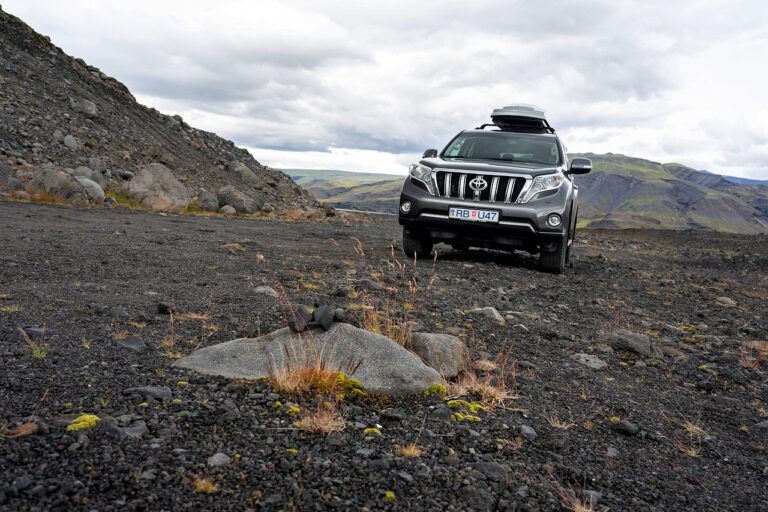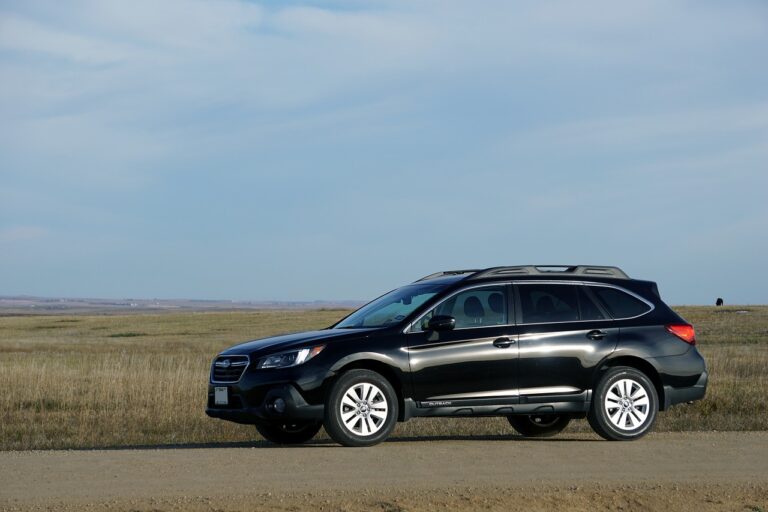Sustainable Parking Solutions in Urban Environments
Urban parking poses significant challenges in densely populated cities where space is limited and demand for parking spots is high. Finding a convenient parking space can be time-consuming and frustrating for residents, commuters, and visitors alike. The scarcity of parking spots leads to congestion on the streets, as drivers circle around in search of an available spot, contributing to increased traffic and emissions.
Moreover, the high cost of parking in urban areas adds another layer of complexity to the challenge of urban parking. Limited parking spaces often result in inflated parking fees, making it expensive for people to park their vehicles for work or leisure. This financial burden can deter individuals from driving into the city, impacting businesses that rely on customers who drive to their establishments.
Lack of Space in Urban Areas
Urban areas around the world are facing a significant challenge when it comes to providing sufficient parking space for residents and visitors alike. With the rapid pace of urbanization and the growing number of vehicles on the road, the demand for parking spaces has far exceeded the available supply. This imbalance has led to a situation where finding a parking spot in crowded urban areas has become a time-consuming and frustrating experience for many.
The lack of space in urban areas has not only resulted in inconvenience for drivers but also has broader implications for the environment and the overall quality of life in cities. The search for parking spaces not only contributes to traffic congestion but also increases air pollution levels as vehicles circle around in search of a spot. Additionally, the need to accommodate parking infrastructure has encroached on valuable urban spaces that could have been utilized for green areas or pedestrian-friendly zones.
Environmental Impact of Traditional Parking Solutions
Traditional parking solutions have long been a staple of urban landscapes, but their environmental impact is increasingly coming under scrutiny. The construction and maintenance of vast parking lots and structures contribute to land degradation and impede natural water drainage systems. Asphalt surfaces in parking facilities also absorb heat, leading to the urban heat island effect and a rise in energy consumption for cooling buildings in their vicinity.
Moreover, the transportation emissions associated with the high demand for parking spaces in urban areas exacerbate air pollution and greenhouse gas emissions. The constant circling of vehicles searching for parking spots further adds to traffic congestion and tailpipe emissions. These cumulative effects not only harm the environment but also pose significant health risks to residents in urban areas, reinforcing the urgent need for sustainable alternatives to traditional parking solutions.
What are some of the challenges of urban parking?
Some challenges of urban parking include limited space, high demand for parking spots, and increased traffic congestion.
Why is there a lack of space in urban areas for traditional parking solutions?
Urban areas are densely populated, with limited available land for parking lots or structures. This lack of space can lead to inefficient use of land and resources.
What is the environmental impact of traditional parking solutions?
Traditional parking solutions, such as surface parking lots and parking structures, can contribute to urban heat island effect, stormwater runoff, and air pollution. They also require large amounts of land, leading to deforestation and habitat destruction.
How can traditional parking solutions be made more environmentally friendly?
Traditional parking solutions can be made more environmentally friendly by incorporating green infrastructure, such as permeable pavement and green roofs, to reduce stormwater runoff. Additionally, encouraging the use of public transportation, biking, and walking can help reduce the need for parking spaces.







